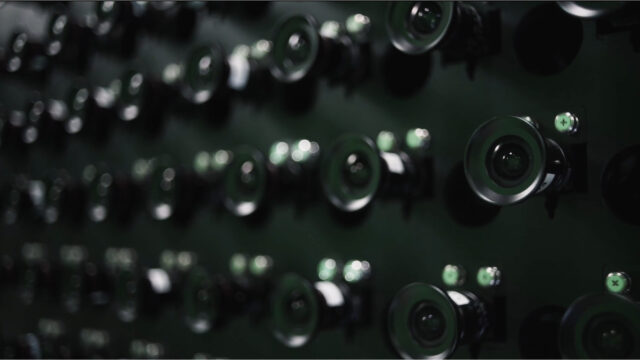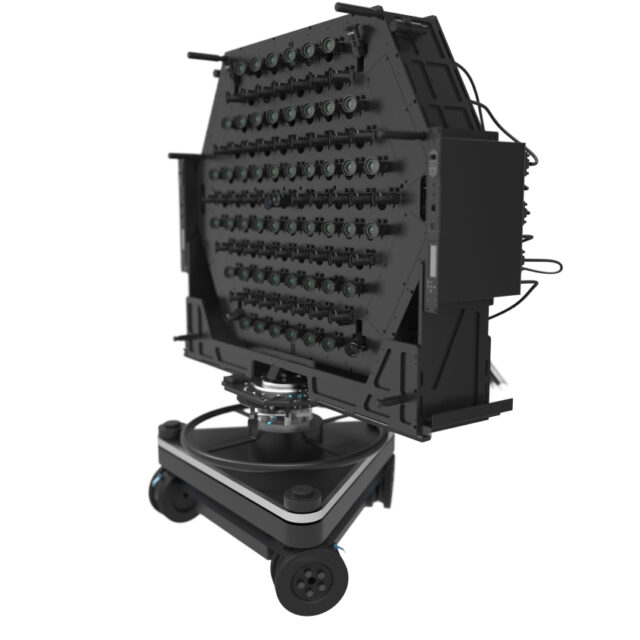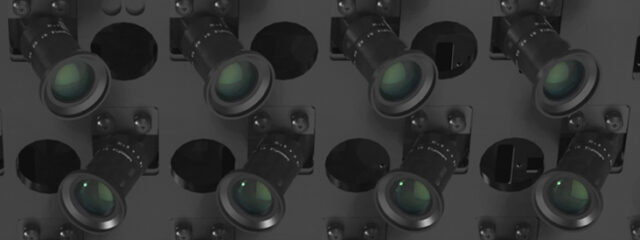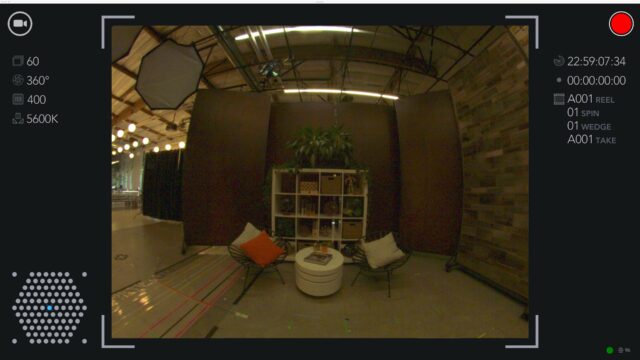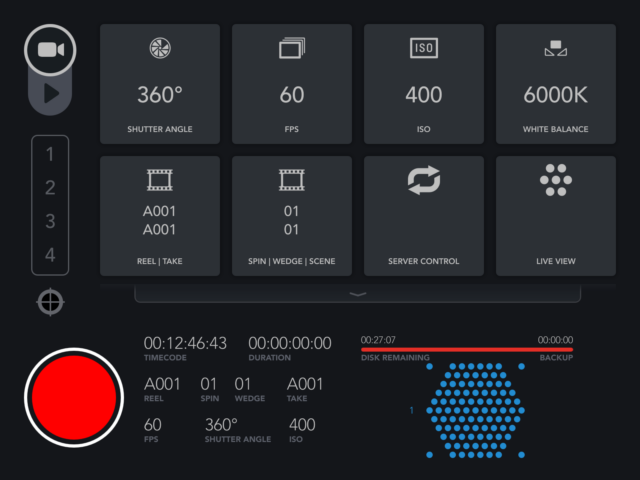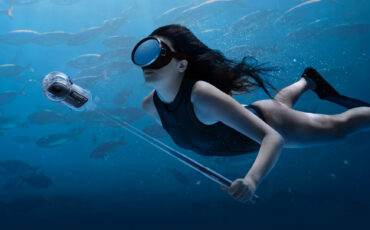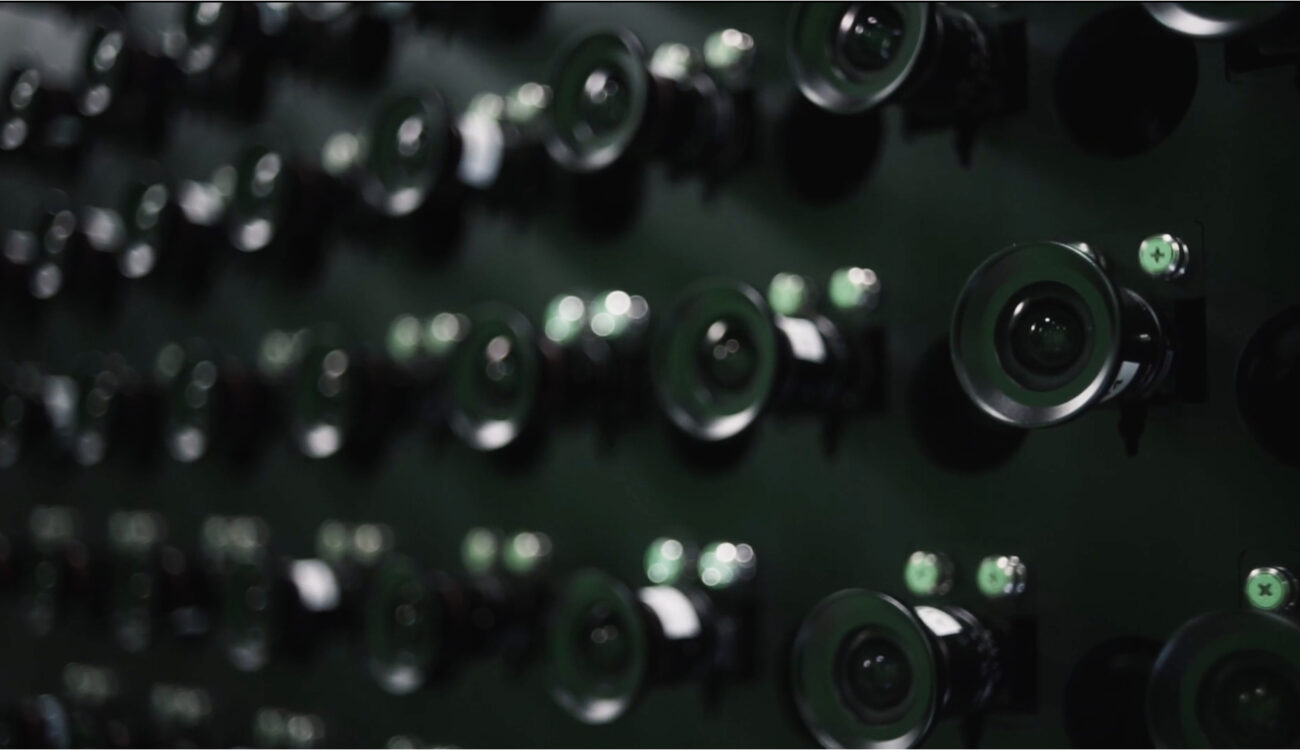
Lytro’s Immerge is a huge Light Field camera complex that seamlessly blends live action and computer graphics (CG) using Light Field data for cinematic VR.
Almost a year ago, Lytro – a company specializing in Light Field technology for Virtual Reality (VR) cinema solutions – secured $60 million and announced the Immerge Light Field Camera rig. According to Lytro, the Immerge was the world’s first professional Light Field solution for cinematic VR.
The apparatus consisted of four main components:
1) Camera: Configurable dense Light Field camera array
2) Server: Storage and processing
3) Light Field Editor: Integrates with existing visual effects tools like Nuke
4) Player: Light Field video playback engine for leading VR headsets and platforms
The mission was to deliver:
1) Precise visual perspectives from any point of view
2) Seamless capture that requires no stitching
3) Accurate horizontal and vertical parallax
4) Depth information in every frame
The rig consisted of 95 Light Field cameras, which recorded the geometry of the light striking the image sensor instead of just capturing it straight on. This allowed it to capture lots of individual viewpoints in the scene, all seen from within the shape of a hexagon with a radius of 1-1.5 meters. Every camera provided RGB, depth and other data which could be merged together in order to assemble a 360 environment. The result was a much richer and more immersive VR experience than what you get with traditional 360 video.
Watch the behind-the-scenes application of the device:
https://vimeo.com/213266879
The Immerge 2.0 – a much more robust version
At first sight, the Immerge 2.0 looks pretty much the same as the older version, but there is a significant difference regarding the structure of the light field cameras, which are now located in opposite directions.
With this change of camera angles, the rig now serves as one gigantic camera with a wider field of view of 120 degrees compared to the 90 degrees of its older sibling. This design means it requires fewer rotations of the camera to capture a complete 360 degree shot, and it can cover a larger area – thus increasing the freedom of the actors in regard to their location in the scene, which at the same time increases production efficiency.
It appears that the company is really trying to be a pioneer in the Light Field acquisition and VR technologies, aiming now at the high-budget cinema market. This rig is definitely meant for well-funded productions rather than independent filmmaking.
Personally, however, I am not much a believer in this kind of cinema. For me, watching movies is a social thing. Wearing a 360 device on your head is like an isolation of the audience from the experience… and I am not a big fan of that.
What do you think of this technology? Is it premature or is this the natural technological progression of filmmaking? Tell us in the comments!
